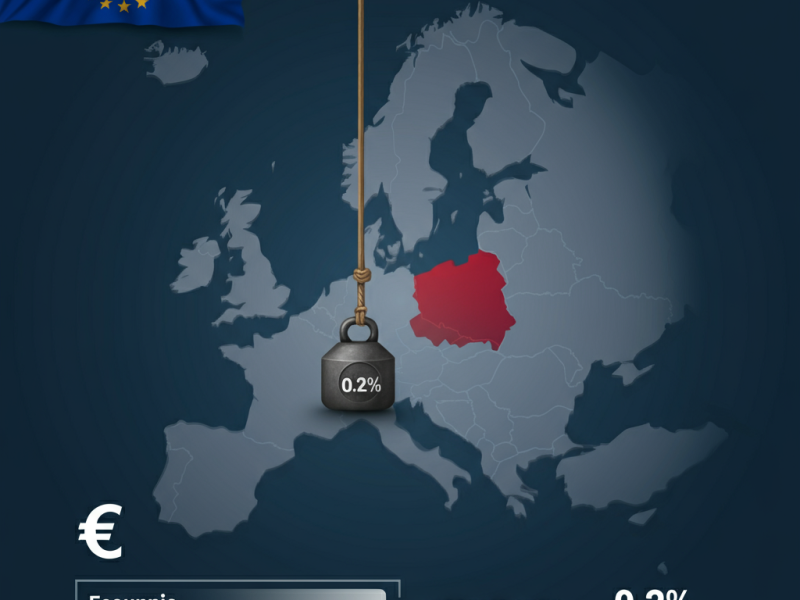The artificial-intelligence world is buzzing. OpenAI is reportedly laying the groundwork for a blockbuster initial public offering (IPO) — one that could value the company at up to $1 trillion. This isn’t just hype: the numbers, the restructure and the scale of ambition all point to a strategic pivot from startup to, well, market juggernaut.
Where things stand
OpenAI is reportedly targeting a filing with securities regulators as early as the second half of 2026, aiming for a listing potentially in 2027. Sources say the IPO could raise at least $60 billion at the low end—or far more—depending on business growth and market conditions.
A valuation near $1 trillion would place OpenAI among the most valuable companies globally. Many estimates earlier this year had valued OpenAI at roughly $500 billion in a potential private share sale. The leap to $1 trillion signals both extraordinary confidence and serious risks.
What’s driving the ambition
- Explosive growth in AI demand. OpenAI’s generative-AI technologies are increasingly embedded in enterprise applications, cloud services and consumer tools.
- Massive capital needs. To scale AI-models, compute power and data-centers at global scale, OpenAI requires deep investment—and an IPO could provide access to the public markets.
- Strategic restructuring. OpenAI started as a nonprofit in 2015, then created a capped-profit for-profit arm, and now is adjusting governance and ownership to support a public listing.
- Market appetite. The AI sector has already seen soaring valuations, major acquisitions and intense investor focus. That momentum plays in OpenAI’s favour.
Why $1 trillion?
That target may sound lofty, yet there’s logic behind it. Private valuations earlier this year placed OpenAI in the $300–500 billion range. With growth flashing, investor sentiment high and compute-infrastructure costs skyrocketing, advisers believe the extra premium is justified—assuming OpenAI delivers. For example, the company reportedly expects annualized revenue run-rate around $20 billion by year-end. If growth continues, large multiples and high valuations follow.
What changes with an IPO?
- Access to capital markets. Public listing would give OpenAI a platform to raise large sums, fund infrastructure and potentially acquire other companies.
- Liquidity for shareholders/employees. Many early-investors, backers and employees will eventually prefer a public exit.
- Greater transparency and scrutiny. Once public, OpenAI would be under far more regulatory and market scrutiny—including how it manages costs, governance and profitability.
- Impact on the AI ecosystem. A successful listing at this scale would signal a maturation in the AI industry—investors may shift focus, valuations may recalibrate.
The challenges ahead
- Profitability concerns. While revenue is climbing, OpenAI still faces heavy costs—especially around compute, infrastructure and model development. Some analysts warn the economics of AI differ from traditional software: costs may scale as fast as revenue.
- Valuation risks. A $1 trillion valuation assumes strong execution. If growth stalls or costs escalate, the market could punish the company.
- Governance and mission tension. OpenAI’s roots as a nonprofit with a mission to “benefit all humanity” contrast with the pressures of a public company to deliver returns. Balancing those will be tricky.
- Macro and market conditions. The timing of the IPO—targeting late 2026 or 2027—is subject to global macroeconomic conditions, regulatory shifts and investor sentiment. Delays or adverse environments could push things back.
What to watch for
- Official filing date: any S-1 or equivalent form will give deeper financials and guidance.
- Underwriters and pricing: the lead banks and how the offering is structured will give clues about investor appetite.
- Valuation multiples: what price per share and implied market cap emerge will set benchmarks.
- Governance disclosures: how OpenAI handles ownership, board structure and mission will matter.
- Competitor impact: how this move affects rivals, infrastructure vendors and the broader AI ecosystem.
Why this matters beyond OpenAI
If OpenAI pulls this off, the IPO will be more than a big payday—it could mark a shift in the technology landscape. AI leadership may become a public investment theme in a way it hasn’t been yet. Infrastructure vendors, cloud providers and enterprise customers could all see ripple effects. A company trading at near $1 trillion for “pure play” AI would send a signal: this is not a niche; it’s central to global tech and markets.
Frequently Asked Questions
Q1: Is OpenAI definitely going public at $1 trillion valuation?
No—while reports indicate it is laying the groundwork for an IPO that could value the company at up to $1 trillion, plans are still early and subject to change.
Q2: When is the IPO expected?
The company is reportedly aiming for a filing in the second half of 2026 with a possible listing in 2027—but timing may shift.
Q3: Why does OpenAI need to go public?
Going public would give OpenAI access to large capital, enable employee/shareholder liquidity and support its massive growth and infrastructure ambitions.
Q4: What makes a $1 trillion valuation plausible?
High growth in AI adoption, large capital requirements and strong investor demand are behind the ambition. Also, prior valuations (in the hundreds of billions) provide a foundation.
Q5: What risks should investors consider?
Key risks include execution delays, rising costs, regulatory scrutiny, valuation mis-alignment and market volatility.
Q6: How will the IPO impact the AI market?
A blockbuster IPO could reshape investor sentiment toward AI, boost supplier companies, and raise expectations across the sector—this move could mark an inflection point.


